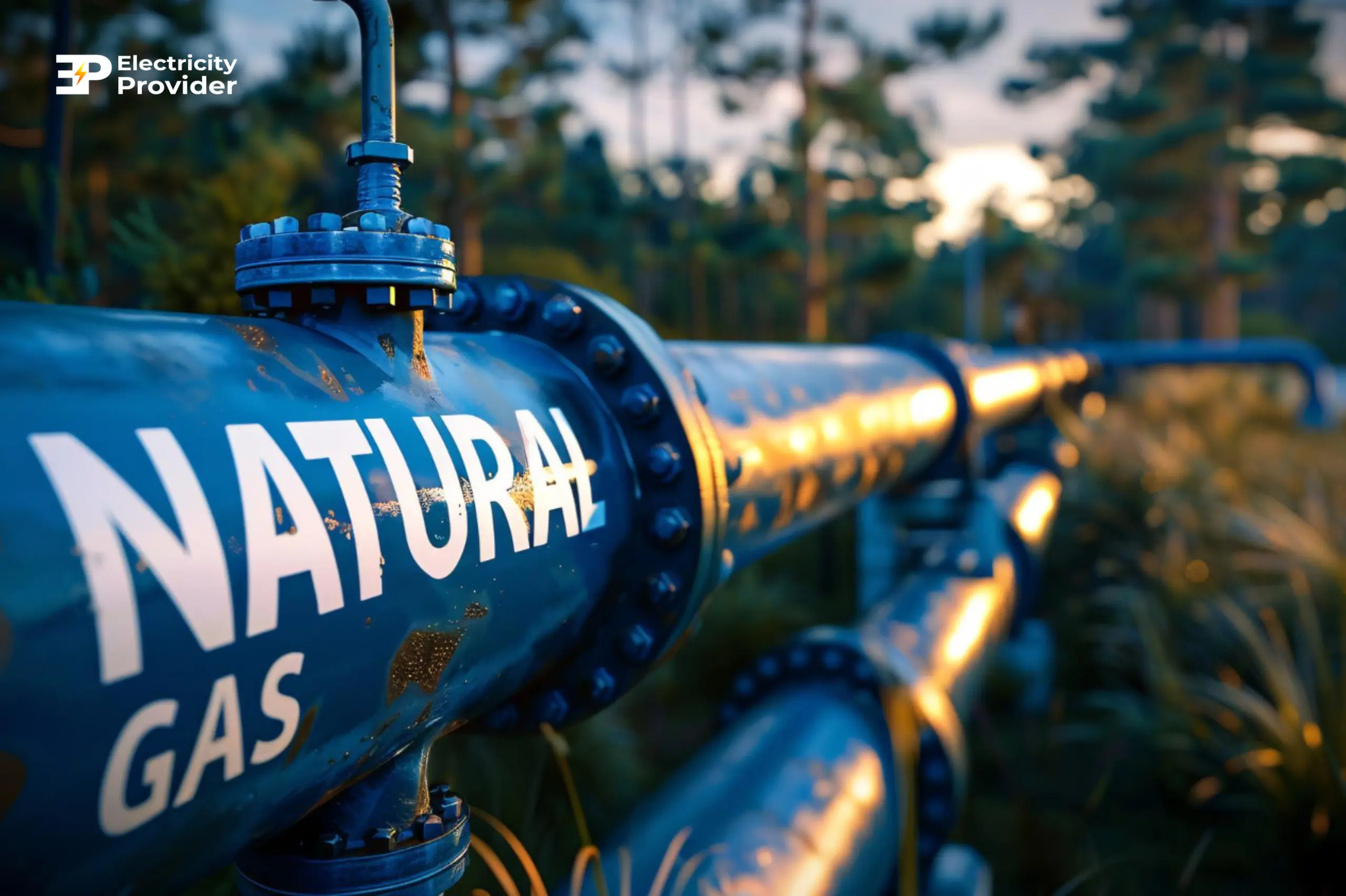Learn what natural gas is, how it gets to your home, and what it's used for. Understand your energy use to find better gas and electricity deals.

Published on 02/10/2025
By Pallav Verma
Gas Comparison
Have you ever wondered what natural gas is or how it powers your home's heating, hot water, and cooking? You're not alone. Natural gas is a common energy source in Australian households, but many people are unfamiliar with how it gets from deep underground to their stovetop.
This guide will explain what natural gas is, how it’s turned into usable energy, and which appliances run on it. We'll also answer some common questions to help you understand this widely used fuel. Knowing the basics can help you make smarter decisions about your energy use and find good gas and electricity deals.
Key Takeaways
So, what is natural gas? It's a naturally occurring fossil fuel primarily composed of methane. It's found in underground reservoirs, often near oil deposits.
Natural gas is formed from the remains of ancient plants and animals that were buried under layers of rock and soil millions of years ago. Over time, intense heat and pressure from the Earth's crust transformed this organic matter into the hydrocarbon gas we use today. On its own, natural gas is odourless and colourless. A chemical called mercaptan is added during processing to give it a distinct "rotten egg" smell, which helps detect leaks.
Getting natural gas from its underground source to your home is a multi-step process.
Many homes are equipped with appliances specifically designed to run on natural gas. These can include:
While gas appliances can be efficient, not every household has access to the natural gas network. Some homes use Liquefied Petroleum Gas (LPG) instead, which is stored in large cylinders on the property.
Here are some frequently asked questions to help you better understand natural gas.
In addition to cooking and heating homes, natural gas is used for various industrial processes and to generate electricity in gas-powered plants.
No, natural gas is a non-renewable fossil fuel. It was formed over millions of years, and the existing supply is finite. While gas can be harvested from renewable sources like landfills (biogas), the natural gas used in most homes is extracted from underground reserves.
When burned, natural gas produces fewer greenhouse gas emissions than other fossil fuels like coal. However, it still contributes to carbon emissions.
Your gas usage is measured by a meter at your property, typically in cubic metres. This measurement is then converted into megajoules (MJ) for billing. Your bill reflects how much energy you've consumed, which is why it pays to understand your average power bill.
No. While both are used as fuel, they are different. Natural gas is primarily methane, delivered via a pipeline network. LPG is Liquefied Petroleum Gas, usually propane or butane, and is stored in tanks or bottles.
Natural gas is a convenient and widely used energy source for many Australian households, but it's important to remember that it is a non-renewable resource.
Because prices and plans can vary significantly between providers, it's a good idea to regularly compare gas electricity providers. Sticking with the same plan for too long might mean you're paying a "loyalty penalty" without realising it. By exploring different electricity and gas plans comparison tools, you can find a cost-effective option that suits your household's needs.
Our comparison includes plans from a panel of participating providers, which may not cover all options available in your area.



